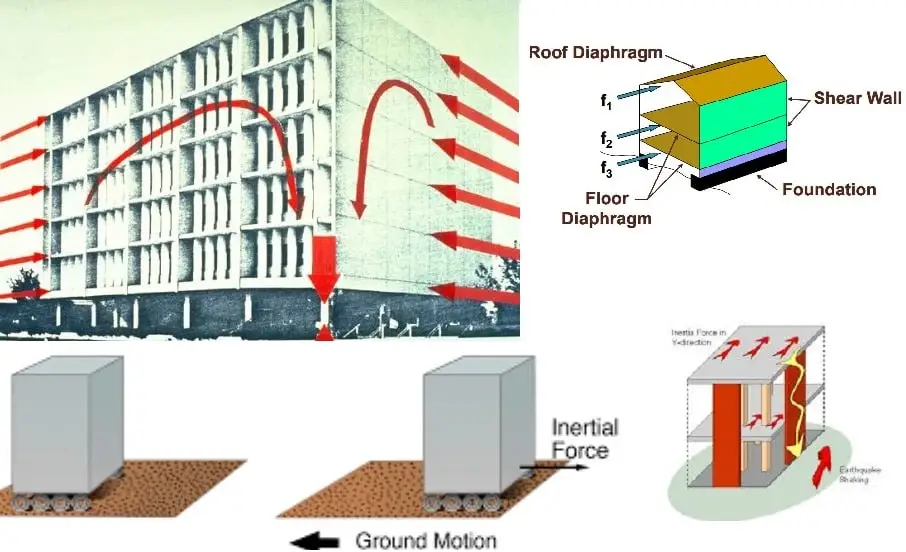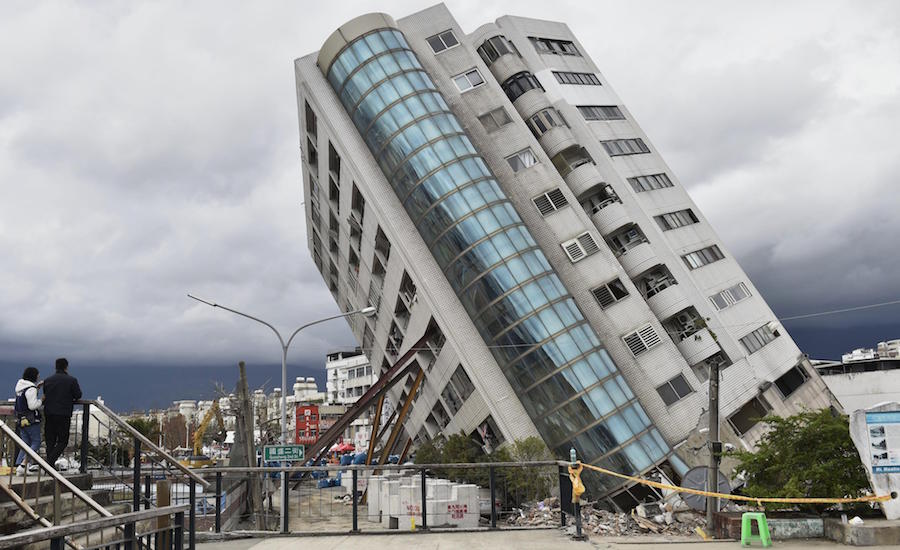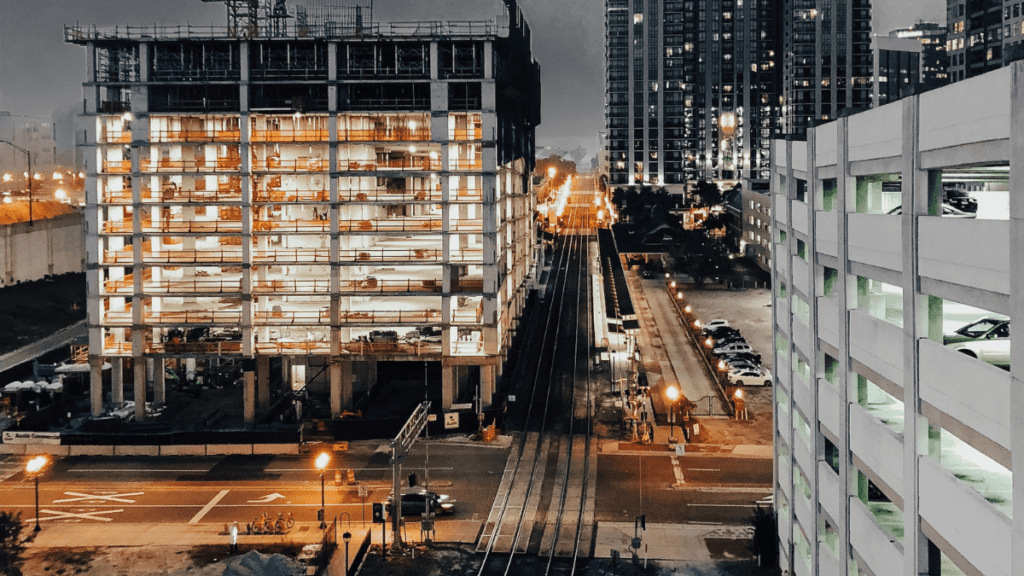Earthquakes are the most hazardous natural hazard that cause substantial damage to structures. According to reports, disregarding the ways in which a quake affects buildings and shoddy construction practices are two sources of errors that pose a grave threat to structures. Because of this, a thorough understanding of the seismic effects on a structure is […]
Certain building design and construction practices can increase a structure’s capacity to withstand earthquake damage. Key considerations for earthquake-resistant structures include: Structural design: Buildings designed to withstand earthquakes generally integrate seismic design principles. This includes the use of structural systems like reinforced concrete frames, steel frames, and moment-resisting frames that can effectively distribute and disperse […]
The ability of a structure to withstand an earthquake is contingent on several factors, including its design, materials, and location. In general, low-rise buildings are less likely to collapse during an earthquake than taller structures. This is because low-rise structures have simpler designs and are constructed with lighter materials, which are less likely to fail […]
Structural engineering is essential to sustainable building design because it contributes to the creation of structures that are more energy-efficient, durable, and ecologically friendly. The following are some structural engineering contributions to sustainable building design: Passive building design: Structural engineers collaborate closely with architects and building designers to optimise a structure’s orientation, shading, and insulation […]
Earthquakes are one of the most devastating forces on Earth. The seismic waves that travel through the ground can damage buildings, kill people, and cause enormous financial losses. Hence, making the interior of your home as earthquake-resistant as possible should be the first step for anyone living in an area prone to earthquakes. Fig 1: […]






